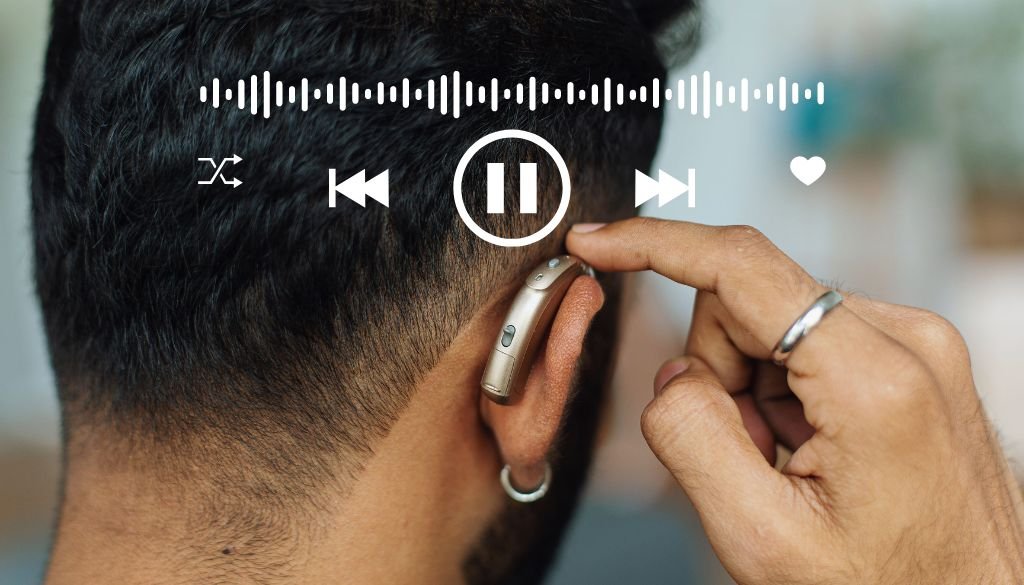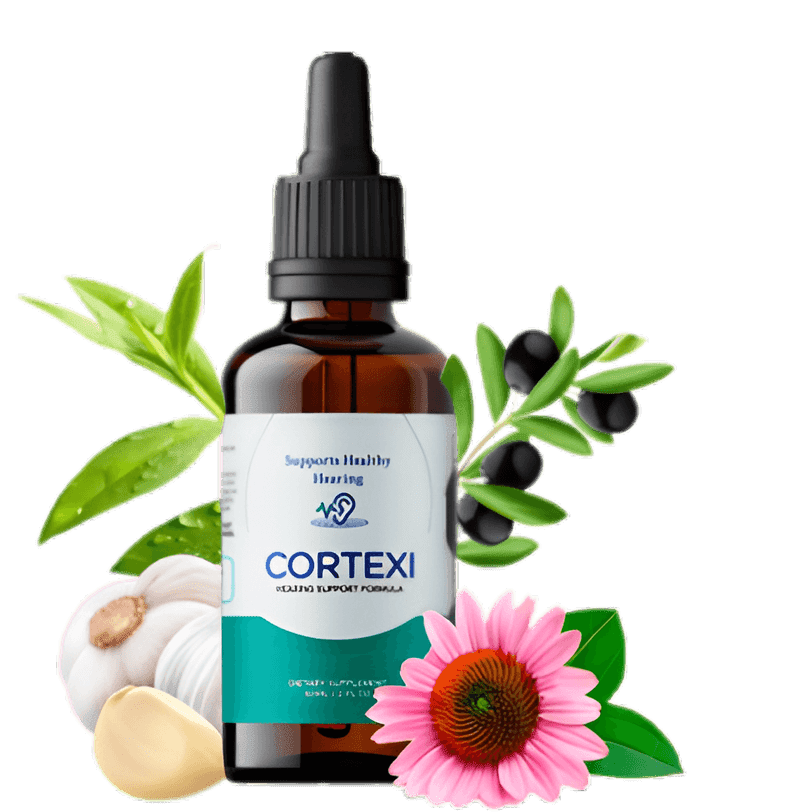Understanding How to Play Music Through Hearing Aids can significantly transform how you experience music, bringing back the joy of your favorite melodies. This comprehensive guide is designed to walk you through the nuances of playing music effectively using your hearing aids. It covers everything from setting up your device for optimal audio quality to adjusting settings for various musical genres. Whether you are a music enthusiast or looking to rediscover the pleasure of tunes, these step-by-step instructions and practical tips will ensure you get the most out of your hearing aids for an enhanced musical experience.

Key Takeaways:
- Playing music through hearing aids can enhance your music-listening experience.
- Learning to play music by ear is a valuable skill for any musician.
- Practicing consistently and using helpful techniques can improve your ability to play music by ear.
- Patience is vital when learning to play music by ear.
- By mastering music through hearing aids, you can enjoy your favorite songs to the fullest.
Why Would You Want to Play Music by Ear?
Playing music by ear is a skill that can significantly benefit any musician. It allows you to learn new songs without relying on sheet music or tabs, allowing you to play any music that catches your ear. You can join bands and jam sessions by playing music by ear, improvising, and creating music on the spot. It also helps with music production, as you can experiment with melodies, harmonies, and instruments to find the perfect sound.
One of the significant benefits of playing music by ear is the ability to express yourself creatively. When you learn to play by ear, you’re not bound by the constraints of the written piece. You can add twists, variations, and embellishments to the songs you play, making each performance unique and personal. Playing by ear also allows you to understand better music theory and how different pieces fit together, enhancing your overall musical knowledge and proficiency.
Read Also: Does Cortexi work for hearing loss?
Another advantage of playing music by ear is connecting with fellow musicians. Playing by ear lets you join jam sessions or impromptu performances, seamlessly fitting in with other musicians and contributing to the music-making process. It fosters collaboration, improvisation, and a sense of camaraderie among musicians, creating a dynamic and exciting musical experience.
Critical Benefits of Playing Music by Ear:
- Freedom to learn any song without relying on sheet music
- Enhanced creative expression and the ability to add personal flair to your performances
- A deeper understanding of music theory and how different elements interact
- Opportunity to connect and collaborate with fellow musicians
How to Learn to Play Music by Ear
Learning to play music by ear requires practice and patience. By following these steps, you can develop your ability to play a song solely by listening to it:
- Listen to the song: Start by listening to it multiple times to become familiar with its Melody, rhythm, and structure. Pay attention to the notes and the overall feel of the music.
- Find the first note: Once familiar with the song, try to find the first note by playing around on your instrument. Experiment with different keys and positions until you find the right message that matches the song.
- Learn one note at a time: Once you’ve found the first note, start learning the melody one letter at a time. Play along with the song, pausing and rewinding to figure out each message. Take it slow and be patient with yourself.
Remember, learning to play music by ear is a skill that takes time to develop. Consistent practice and a keen eye for detail will help you improve. Use tools like slowing down the song or focusing on the Melody to aid your learning process.
Benefits of Playing Music by Ear
Playing music by ear has several advantages:
- Enhanced musicality: Playing by ear allows you to understand music and its intricacies better. It helps you recognize patterns, chord progressions, and harmonies.
- Improved improvisation skills: When you can play by ear, you can easily jam with other musicians, create your music, and experiment with different musical ideas.
- Creative expression: Playing by ear encourages you to trust your musical intuition and uniquely express yourself. It allows you to add your personal touch to the songs you play.
So, embrace the challenge of learning to play music by ear and enjoy the freedom and creativity it brings to your musical journey.
Tips for Playing Music by Ear
Playing music by ear is a skill that can be developed with practice and dedication. Here are some tips to improve your ability to play music by ear:
1. Slow Down the Song
One effective technique for playing by ear is to slow down the song. Decreasing the tempo, you can better identify individual notes and patterns, making playing them on your instrument easier. Various software and apps allow you to adjust the speed of a song, so take advantage of these tools to help you in your learning process.
2. Focus on the Melody
Instead of trying to figure out complex chords, start by focusing on the song’s Melody. The theme is usually a song’s most recognizable and memorable part, making it easier to identify and play. Mastering the piece first can gradually add more complex harmonies and chords to enhance your playing.
3. Write Down the Notes
Writing down the notes as you learn them can be a helpful way to remember and practice playing by ear. Keep a notebook or use music notation software to jot down the melodies and progressions you discover. This will be a reference when you want to revisit and perfect the songs you have learned.
4. Record Yourself Playing
Taking a video or audio recording of yourself playing the Melody can provide valuable feedback and help you identify areas for improvement. You can assess your performance and adjust your technique by listening to your recordings. This self-evaluation is essential to honing your skills in playing music by ear.
By incorporating these tips into your practice routine, you can gradually improve your ability to play music by ear. Remember that learning to play by ear takes time and patience, so don’t be discouraged if it doesn’t come naturally. With perseverance and consistent practice, you’ll be able to develop your ear for music and enjoy the satisfaction of playing your favorite songs without sheet music.
Read Also: How to Pair ReSound Hearing Aids with iPhone
The Importance of Patience in Playing Music by Ear
Developing the skill to play music by ear is a journey that requires patience. While it may be tempting to rush the learning process, understanding the benefits of patience can significantly enhance your ability to develop an ear for music. Forbearance lets you approach each note and Melody with intention and focus, improving your overall musicality.
One of the critical benefits of patience in music learning is developing a strong foundation. By learning songs note by note, you build a solid understanding of Melody, harmony, and rhythm. As you progress, this foundation becomes a springboard for more complex musical creations, allowing you to improvise and explore new musical ideas.
Patience also plays a crucial role in cultivating a deep connection with the music you play. When you take the time to listen carefully and genuinely absorb the nuances of a song, you develop a heightened sense of musicality. This connection allows you to infuse emotions and interpretation into your playing, creating a more authentic and expressive performance.
The Benefits of Developing an Ear for Music
- Greater musical versatility and adaptability
- Improved improvisation skills
- Enhanced ability to learn and memorize songs
- Stronger musical intuition and understanding
With patience, you can develop an ear for music that opens up possibilities in your musical journey. Embrace the process, give yourself time to learn and grow, and enjoy the fulfillment of playing music by ear.
Conclusion
Mastering music through hearing aids can significantly enhance your music-listening experience. By learning to play music by ear and following the steps in this guide, you can fully enjoy your favorite songs and make the most of your hearing aids.
Playing music through your hearing aids is a skill that can be developed with practice and patience. Embrace learning and playing by ear, and give yourself time to develop your ear for music. With dedication and consistent practice, you can become proficient in playing music through your hearing aids.
Do tinnitus patches work? Explore our expertly crafted article presenting a critical evaluation of this innovative treatment approach.
Remember, the key to enhancing your music listening experience lies in mastering music through your hearing aids. By applying the techniques outlined in this guide, you can create a deeper connection with your favorite tunes and enjoy the fullest expression of the music.
Frequently Asked Questions
Can I play music through my hearing aids?
Yes, you can play music through your hearing aids. Learning to play music through hearing aids can enhance your listening experience and allow you to enjoy your favorite tunes again.
How can playing music by ear benefit me?
Playing music by ear can help you learn new songs, join bands, jam with fellow musicians, create music, and improve your production skills. It expands your musical abilities and enhances your creative expression.
What are the steps to learn to play music by ear?
The basic steps for learning to play music by ear include:
- Listening to the song multiple times.
- Find the first note by playing around on your instrument.
- Learning one letter at a time.
Practice and consistency are vital in developing your ear for music.
How can I improve my ability to play music by ear?
Some tips to improve your ability to play music by ear include slowing down the song, focusing on the Melody, writing down the notes, taking videos of yourself playing, and learning to read music as a reference for accurate playing.
Why is the patience necessary when learning to play music by ear?
Patience is vital when learning to play music by ear. It takes time and consistent practice to develop your ear for music. Understanding that learning a song note by note may take a while is essential to avoid frustration and enjoy the process of learning and creating music.
How can playing music through my hearing aids enhance my listening experience?
Playing music through your hearing aids can enhance your listening experience by allowing you to enjoy your favorite songs fully. By learning to play music by ear and following the steps outlined in this guide, you can make the most out of your hearing aids when enjoying music.



